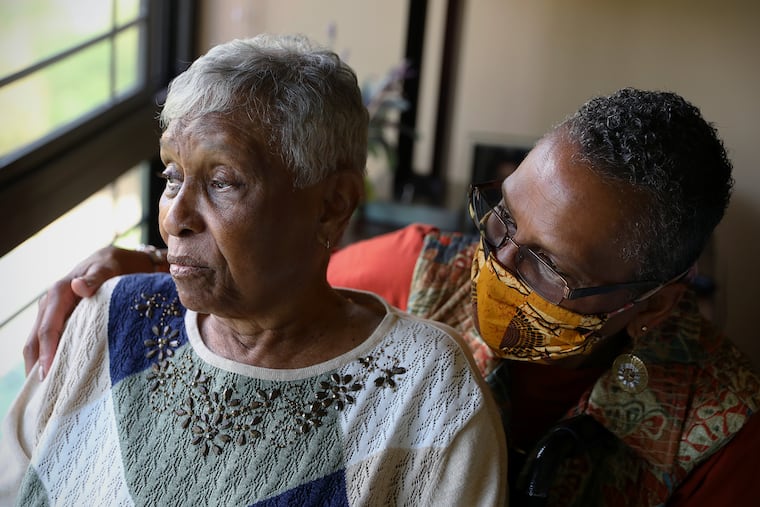A year of isolation was hard on older adults with dementia. Families and experts wonder how much damage can be undone.
One caregiver described his wife’s last year as a “precipitous corkscrewing right into hell.”

One caregiver described his wife’s last year as a “precipitous corkscrewing right into hell.”
